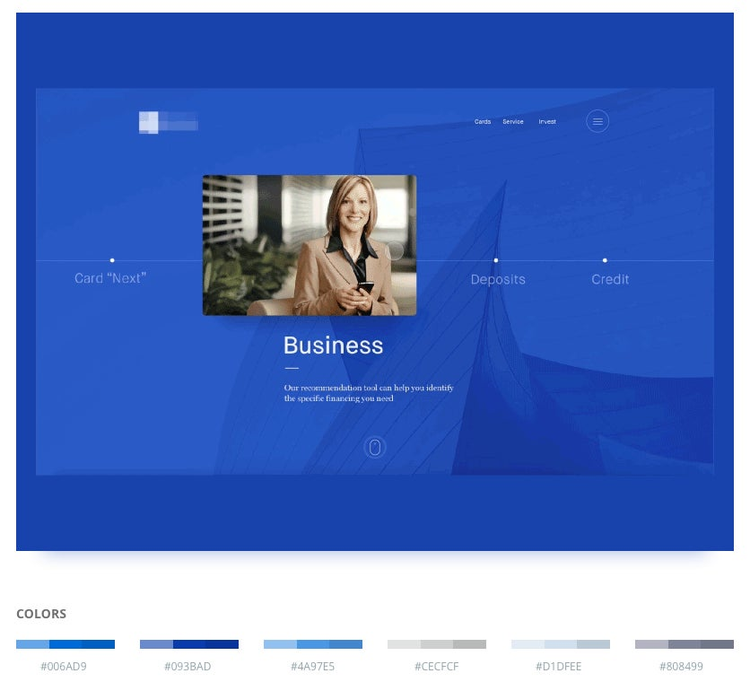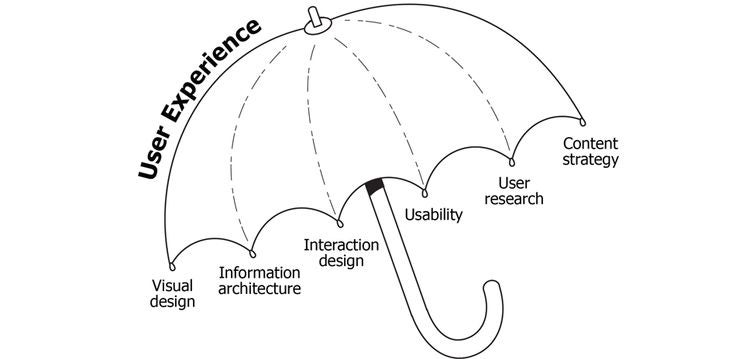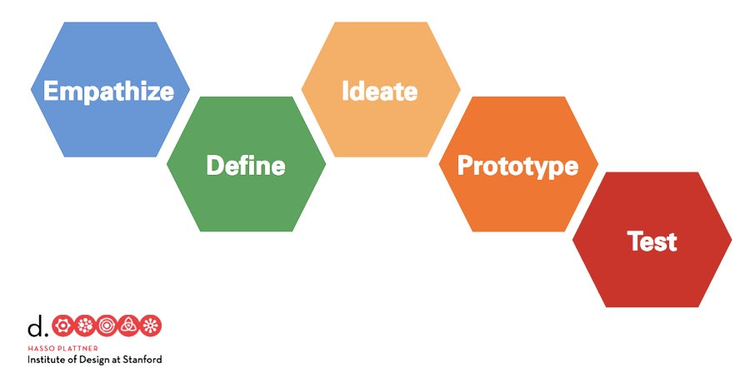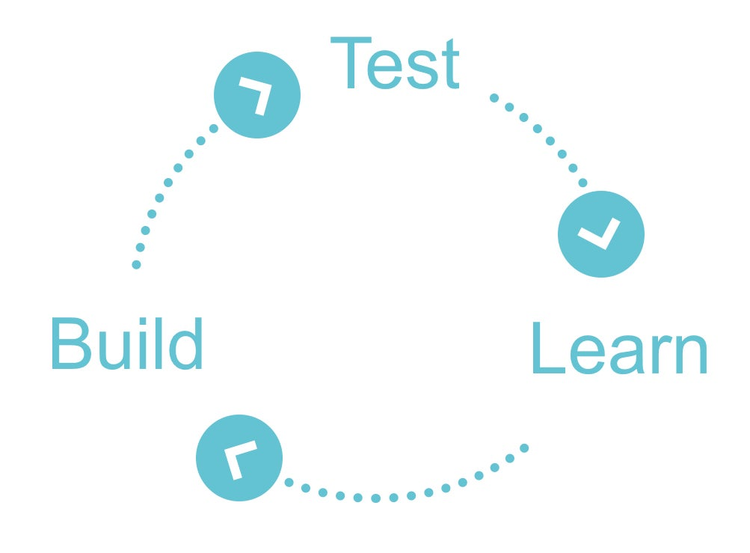More than ever, it seems UX design is top of mind for many organizations. The importance of good UX design continues to transform the design industry. Previously, we discussed tips on how to move from graphic designer to UX designer (5 Tips for Graphic Designers Switching to UX Design). Today we’re going to talk about less radical change — why it’s important for a graphic designer to gain UX design skills.
There are many reasons why graphic designers should learn UX design, and here are 6 of them.
1. Get to Know the People You Design for Better
A key difference between graphic design and UX design is the ability to translate user needs into product-based solutions. While graphic design surely does take user needs and preferences into account, UX design really drills down on what the user really needs, and why they need it. This requires UX designers to spend significantly more time with users. Direct involvement in the UX design process leads to the better design solutions and satisfaction from seeing the impact of your work.
2. Create Designs That Are Both Beautiful and Functional
Graphic design and UX design are dramatically different when it comes to the end result of the work being done. Graphic designers create visual appeal, while UX designers create outcomes.
It’s possible to create a product with a great visual appeal, but with bad UX. For example, if a mobile app looks great, but it’s hard to use, that’s good graphic design with a bad UX. If the app works well but looks terrible, it’s good UX with bad graphic design. By learning UX design disciplines, graphic designers can create design solutions that both look and work great.
One of the most common misconceptions about UX design is that good usability is more important than aesthetics. On the contrary, attractive things work better. Good aesthetics can improve the overall user experience of a product: it creates a positive first impression and shows that the person behind the design cares. That’s why having a good graphic design and UX design skills help designers to create both a pixel-perfect and user-focused design at the same time.
3. Move from Specialized Discipline to Multi-Disciplinary
Graphic design is a specialized discipline, and there is a certain level of craftsmanship required to produce great visuals (such as mastering typography, space, shape and color theory).
UX design, on the other hand, sits at the crossroads of a lot of fields and involves many schools of knowledge. UX designers need to have an understanding of human psychology, interaction design, information architecture, user research techniques and many other disciplines in order to create the right solutions to a user’s problems.
Learning UX design is an opportunity for graphic designers to the understand many different aspects of design and unpack big-picture thinking.
4. Improve Your Design Process
As you probably know, the UX design process is an iterative problem-solving process and it can be very different from the usual graphic designer process. The UX design process usually starts with the identification of a problem; the problem is often defined during a product research phase. This research informs the product’s design. There is no point in solving problems (i.e. creating a design solution) that users don’t care about; they won’t pay to solve those problems. Having UX research skills helps graphical design to focus on what’s really valuable for the users.
Also, there’s a significant difference in the prototyping phase. The prototyping phase of the UX design process can be best simplified with four words: build, test, learn, iterate. Incorporating this practice into the design process helps graphic designers to test their designs and improve them based on feedback.
5. Improve Your Communication Skills
A huge part of the UX design job involves stepping away from working in isolation and dealing with people. Great designs come from collaboration — with users, team members, stakeholders. The UX designer role requires stellar communication and collaboration skills. Whether at a startup or large corporation, it’s required for a designer to work intimately with almost everyone involved in creating the product. Practicing UX design will help you to develop good communication skills — you’ll be able to communicate effectively, fairly, and clearly to people at all levels of knowledge and experience.
6. Step Up Your Career
Learning UX design is important to keep pace with the shifting job market. There is increased demand for UX designers today: the UX design job market has grown significantly in the last year, and it’s showing no signs of slowing down. In fact, 73% of managers and department heads working in UX design said they plan to double the number of UX designers in their organization in the next five years. Companies realize the ROI when they hire good designers: utilizing top design talent helps companies grow faster through better user experiences. Learning UX design skills can, therefore, boost your career or help you find a new opportunity.
Conclusion
UX design goes far beyond canvases and into real life experiences that change the way we do everyday things. Learning UX design is an opportunity for a graphic designer looking to switch up their career path, or expand their skillset. It’s important to remember that today’s most in-demand designers don’t just create products that look good — they craft amazing experiences.






